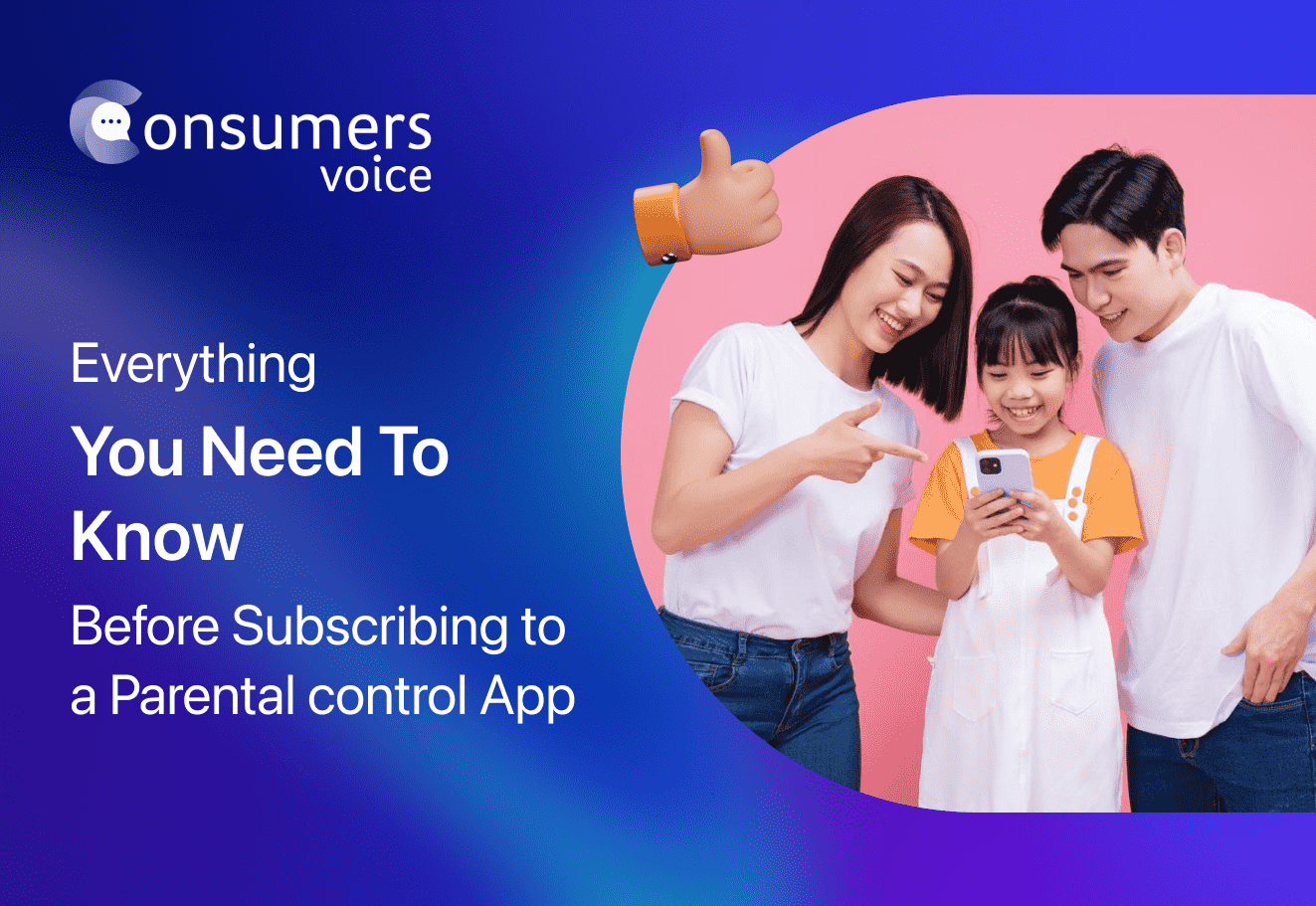Everything You Need to Know Before Subscribing to A Parental Control App

Getting a parental control app for your child is essential for controlling how they use their digital devices, limiting screen time, or restricting access to online information. With the help of parental control Android tools, you can make a significant difference in your child’s digital life, cybersecurity, and online safety.
When selecting a parental control Android or iOS, you need to be discerning. Often, when you search for a parental app, you are impressed by its features. However, as you delve deeper into the app, you may uncover various issues. The app may not support certain devices, operating systems, or features. To avoid these hiccups, it’s essential for you to be aware of certain facts about these apps. Let’s take a look at them:
Not All Parental Control Apps Are the Same
You might assume that every free parental control app, or even the paid ones, are the same. However, this is not the case. Each app has its specialty and exclusive approach. While you may find similar features with almost identical specifications, not all of these features are available in every app.
Not Every Feature Works on All Devices
Are you attempting to access the TeenSafe Drive report for a device used by your young child? If so, you won’t have access to this data. It’s impossible for the app to record and extract data that isn’t available. Since your child is not of driving age and isn’t driving, it’s not possible to access driving data for them. Expecting apps to provide non-existent data is not a good approach. It’s better to evaluate an app’s performance based on its features and compatibility. For example, you can access location data on mobile devices but not on desktops, and iOS features are inaccessible on Android devices, among other limitations.
Different App Versions for Different OS
You can’t expect one version of the app to work seamlessly on your Android, iOS, and Windows devices. For each operating system, the app version is distinct and offers significantly different features. It’s common not to find all the promised features in an app’s advertisement for iOS or Android due to differences in policies and terms set by the operating systems. Companies like Apple and Google have substantial variations in their data sharing and monitoring policies, and app developers, such as FamilyTime, must adhere to these conditions.
Free Versions of Parental Control Apps Exist
Whether it’s for a limited or unlimited time, with payment verification or without, almost all parental control apps offer free trials or versions. This means you can experience the app before committing to a full subscription period. If you’re satisfied with the free parental control app for iPhone, you can proceed with payment and unlock its advanced features. Additionally, some parental control apps offer long-term free versions that provide basic parental controls, allowing you to maintain basic control over your child’s activities. To access advanced controls like Snapchat parental controls, you’ll need to opt for premium plans.
Wrap Up!
Many users encounter various challenges after installing or subscribing to a parental control app. This often happens because they dive into using the app without thoroughly assessing its features and effectiveness. Being informed about essential aspects of parenting apps and understanding the distinctions in their features can empower you to make a wise decision.
It’s crucial to keep in mind that these apps offer different features tailored to various devices and operating systems. Therefore, it’s essential to carefully examine these differences and choose your subscription accordingly. By doing so, you can ensure that the parental control app you select aligns with your specific needs and preferences.
